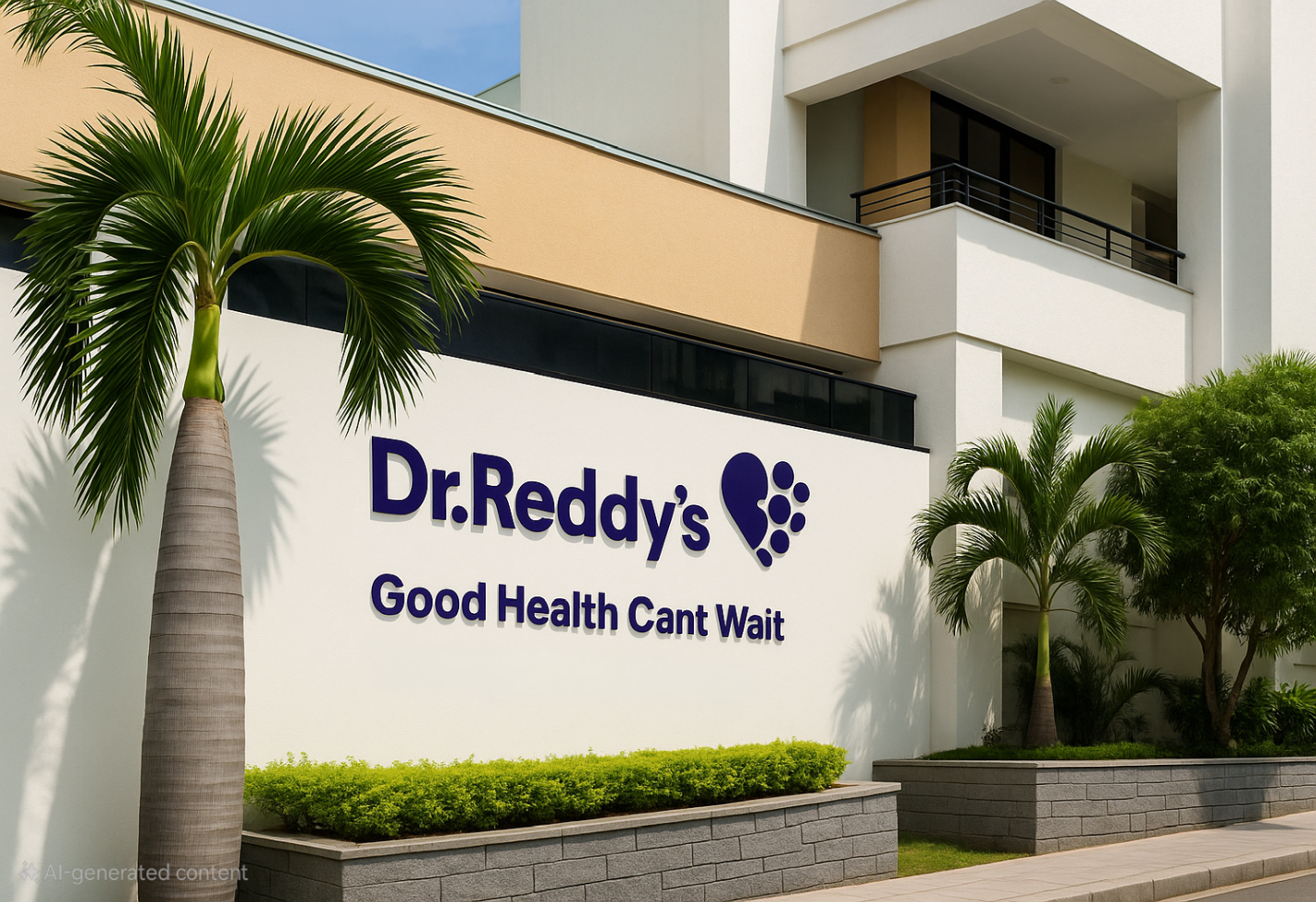DLF Limited Q2 FY26: Bookings Soar, But Profit Faces Short-Term Drag
DLF delivered a quarter marked by a surge in residential bookings, strong cash flows and a robust balance sheet, but the bottom line slipped YoY due to lower operational revenue and higher tax costs. New sales bookings came in at ₹4,332 crore, while PAT for the quarter stood at ₹1,180 crore (declined by ~15% YoY). The annuity business also grew steadily, underpinning the long-term rental model. While growth prospects remain strong, near-term profit margins and recognition timings require more scrutiny.
*Key Highlights*
* New sales bookings: ₹4,332 crore for Q2 FY26 (+ 526% YoY)
* Cumulative sales bookings in H1 FY26: ₹15,757 crore
* Consolidated net profit (PAT): ₹1,180.09 crore (down by 14.6% YoY)
* Total income: ₹2,261.80 crore (+ 3.7% YoY)
* Operational rental (annuity) portfolio: ~49 million sq ft, occupancy by area ~94%
* Net cash position: ₹7,717 crore end-Sept quarter
* Credit rating upgrade: CRISIL rating upgraded to AA+
*Revenue & Profit Analysis*
While the overall top line (total income) posted a modest +3.7% YoY gain to ₹2,261.8 crore, the company faced a decline in its core operational revenue (home-sales recognition) which dropped by ~17% to ~₹1,643 crore.
Profit after tax fell ~14.6% YoY to ₹1,180.09 crore, primarily due to a higher tax expense this quarter compared to a large tax reversal in the prior year.
Despite the dip in PAT, the company’s robust sales bookings and strong asset-quality balance sheet support future earnings growth.
*Segment/ Operational Performance*
1. Residential/ Development business: The leap in new sales bookings to ₹4,332 crore (+526% YoY) was driven by the launch of “The Westpark” in Mumbai and strong traction in premium luxury housing.
2. Annuity business (office/ retail rental): The operational portfolio stands at ~49 million sq ft, with high occupancy (~94% by area) indicating stable lease income. Two new commercial assets added in Q2 (2.1 msf at Atrium Place, Gurugram and 0.2 msf at DLF Midtown Plaza, Delhi).
3. Cash flow & balance sheet: Collections in the quarter were ₹2,672 crore, and net operating cash surplus was ₹1,137 crore. Gross cash balance stood at ₹9,204 crore (including ₹8,358 crore in RERA accounts).
*Risk & Outlook Considerations*
* Recognition lag risk: While bookings are strong, revenue recognition is lagging, and thus lower operational revenue this quarter suggests pipeline timing will influence near-term profits.
* Profit margins & taxation: The profit dip ties to higher tax expense and lower recognition, unless operational revenue normalises higher, PAT upside may remain muted.
* Macro & demand risk: Real-estate demand could be impacted by interest-rate rises or regulatory changes. Premium luxury demand is currently strong though.
* Balance-sheet strength: Net cash position of ~₹7,717 crore post dividend and debt repayment gives the company a strong cushion to absorb near-term ups and downs.
*Conclusion*
DLF’s Q2 FY26 results reveal a mixed but promising story. On the positive side, the dramatic jump in bookings, strong pipeline and high-quality annuity portfolio validate the company’s strategic positioning in premium residential and mixed-use development. On the weaker side, PAT decline and slower operational revenue recognition mean that earnings secular momentum isn’t yet fully visible. However, the key levers to watch include whether bookings convert into recognised revenue in coming quarters, whether margin from annuity and premium launches improves, and whether the cash-flow from launched projects drives earnings visibility.
The image added is for representation purposes only










